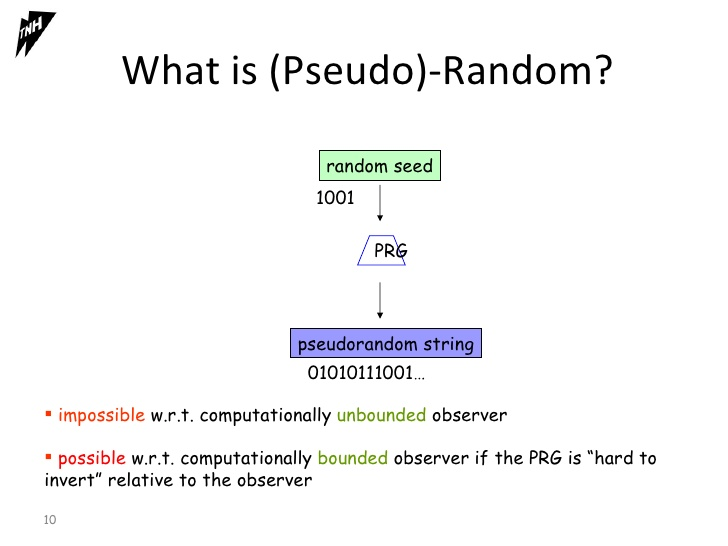“Anyone who considers arithmetical methods of producing random digits is, of course, in a state of sin.” — John von Neumann (1949)
Random numbers are widely used for sampling, simulation and find their applications in games and cryptography. The simplest way to generate a set of random numbers is to roll a die. In fact, Dice are the oldest (used since before recorded history circa 2800–2500 BC) and still in use Random Number Generators. However, generating a sequence of random numbers using dice is both time-consuming and limited by the number of faces on dice in-use. A Roulette Wheel is another example of a physical method that can also generate a sequence of statistically independent random numbers.
With the advent of machines with computing power in the 1940s, random numbers were found useful for a diversity of applications including the ones that employed the Monte Carlo method. Some of the scientific applications and projects like the Manhattan Project for nuclear weapons required a large number of random digits of high quality to be made available for simulations. Motivated by such requirements of having a large set of random numbers, RAND Corporation designed an electronic roulette wheel to generate a sequence for random numbers and published it in a random number book titled A Million Random Digits with 100,000 Normal Deviates. For the first time, researchers, mathematicians, and scientists got access to a long sequence of high-quality random numbers through this book. It was also possible to order the digits on a series of punched cards.
#java #computer-science #random-numbers #random-number-generator #clojure
